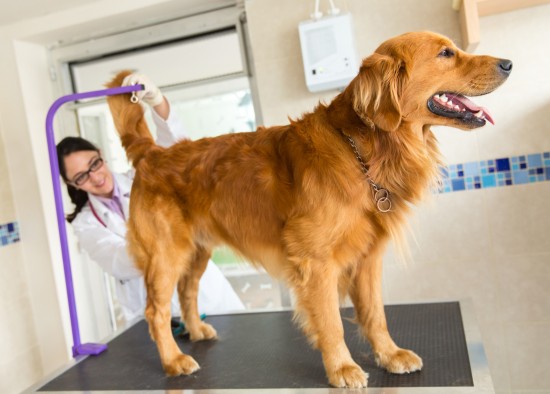
Cats are beautiful, affectionate animals that bring a lot of love and joy into your home. They are much more independent than dogs, but that does not stop them from showing how much they care about you.
They'll twine around your legs or rub their face against you while you're preparing food, just to let you know they are there. They'll hop into your lap while you watch television or amuse you by chasing and batting around a catnip toy that you give them to play with.
Just like all pets, cats need to be watched for signs of illness, such as feline diabetes. This disease is just as dangerous for cats as it is for humans and if left untreated, could become deadly.
The pancreas not secreting the natural insulin that the body needs to control blood sugar causes diabetes. Uncontrolled blood sugar will then build up in the blood stream and can cause serious effects such as stroke. It also lowers the immune system and desensitizes the extremities. When your cat hurts its paw, it will be reflected by the way it walks. The combination of the side effects can make your pet unable to feel when they have cuts that need to be treated. By not giving signs of pain, you won't realize that the cat needs to be treated and infection can occur.
There are signs that may indicate that your cat has contracted diabetes, such as constantly drinking water. Diabetes causes extreme thirst and your cat may be drinking tons of water in an effort to satisfy it. Another sign is a decrease in weight as well as its fur losing its luster. Your veterinarian will be able to determine if the cause of these symptoms is feline diabetes.
The good news is that this illness can be successfully treated with insulin shots and a structured diet. Care must be taken that the shot never be given prior to the cat's meal. This could result in too much insulin in the blood stream and cause a stroke. Even if you feed your cat before administering the shot, you must still watch it closely, since the prescribed dosage may need adjusting. If you notice that your cat is vomiting and has a low amount of energy, return to the vet because the dosage may not be high enough.
Treating your cat for diabetes will help it to lead a longer life, with less threat for the serious side effects that the disease can cause. If your cat has this disease, keep it inside where there is less chance of injury. Give your cat lots of affection since having to get needles can be traumatizing and be sure to follow the eating plan that your vet prescribes. This way, not only are you helping your cat to live a long and healthy life, you are ensuring that it will continue to twine around your legs and love you for years to come.
 Top Grooming Tips For The Neapolitan Mastiff
Top Grooming Tips For The Neapolitan Mastiff
 Great Pyrenees Grooming Tips – Special Techniques for Large Breed Dogs
Great Pyrenees Grooming Tips – Special Techniques for Large Breed Dogs
 The Main Characteristics Of The Schnoodle Dog
The Main Characteristics Of The Schnoodle Dog
 How To Treat A Dog’s Impacted Anal Glands At Home
How To Treat A Dog’s Impacted Anal Glands At Home
 What Is A Spay Coat And Why Are Irish Setters So Affected?
What Is A Spay Coat And Why Are Irish Setters So Affected?
 Spices And Other Cupboard Supplements For Dogs
Spices And Other Cupboard Supplements For Dogs
 Cryptorchidism Or Retained Testicles In Dogs
Cryptorchidism Or
Cryptorchidism Or Retained Testicles In Dogs
Cryptorchidism Or
 Is The Bavarian Mountain Hound A Good Choice Of Pet?
Is The Bavarian M
Is The Bavarian Mountain Hound A Good Choice Of Pet?
Is The Bavarian M
 Stroppy Teenagers? All About Adolescent Dogs
Stroppy Teenagers
Stroppy Teenagers? All About Adolescent Dogs
Stroppy Teenagers
 The best thing that needs to be learnt about pets
The best thing that needs to be learnt about pets
The best thing that needs to be learnt about pets
The best thing that needs to be learnt about pets
 Rehoming Your Pet
Rehoming Your Pet
Rehoming Your Pet
Rehoming Your Pet
Copyright © 2005-2016 Pet Information All Rights Reserved
Contact us: www162date@outlook.com